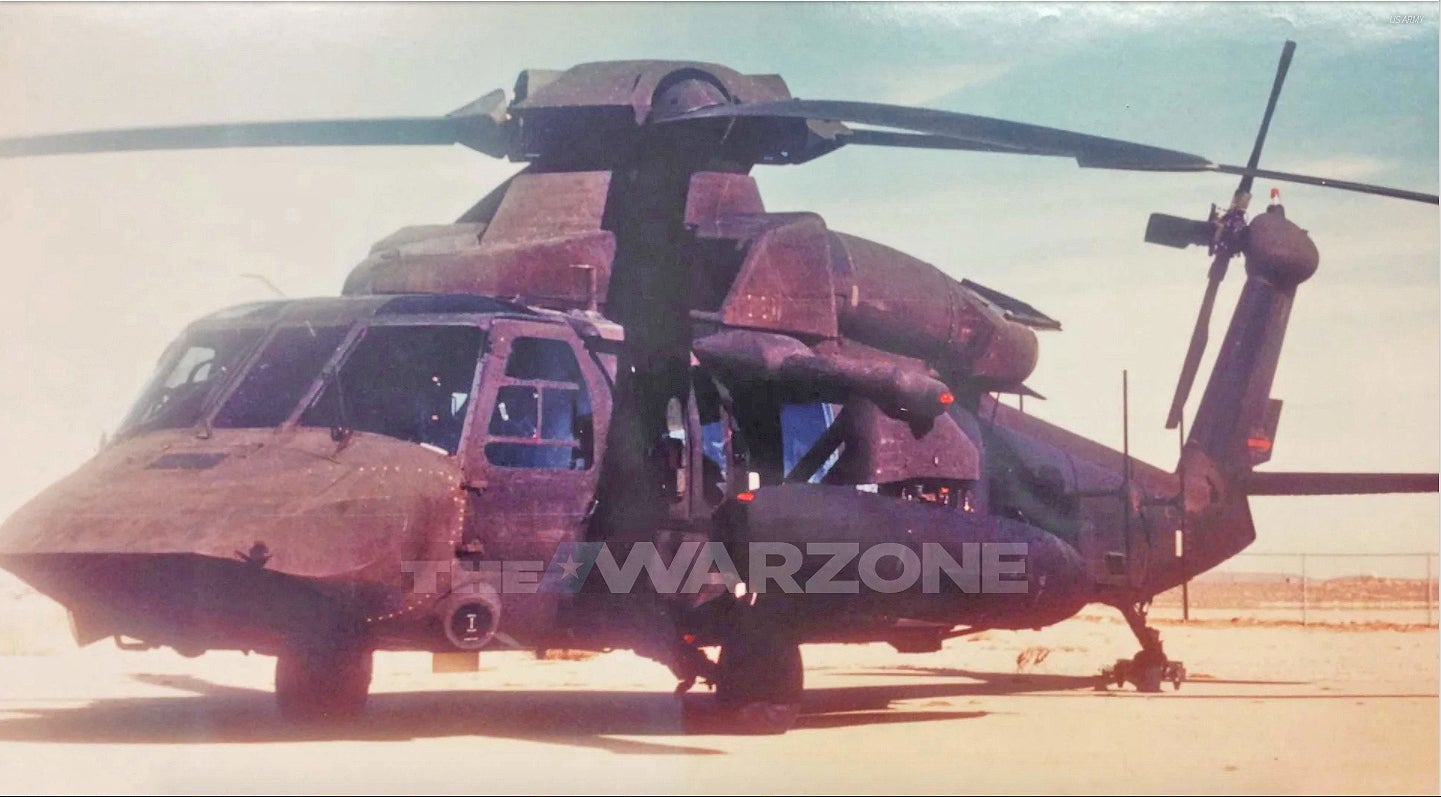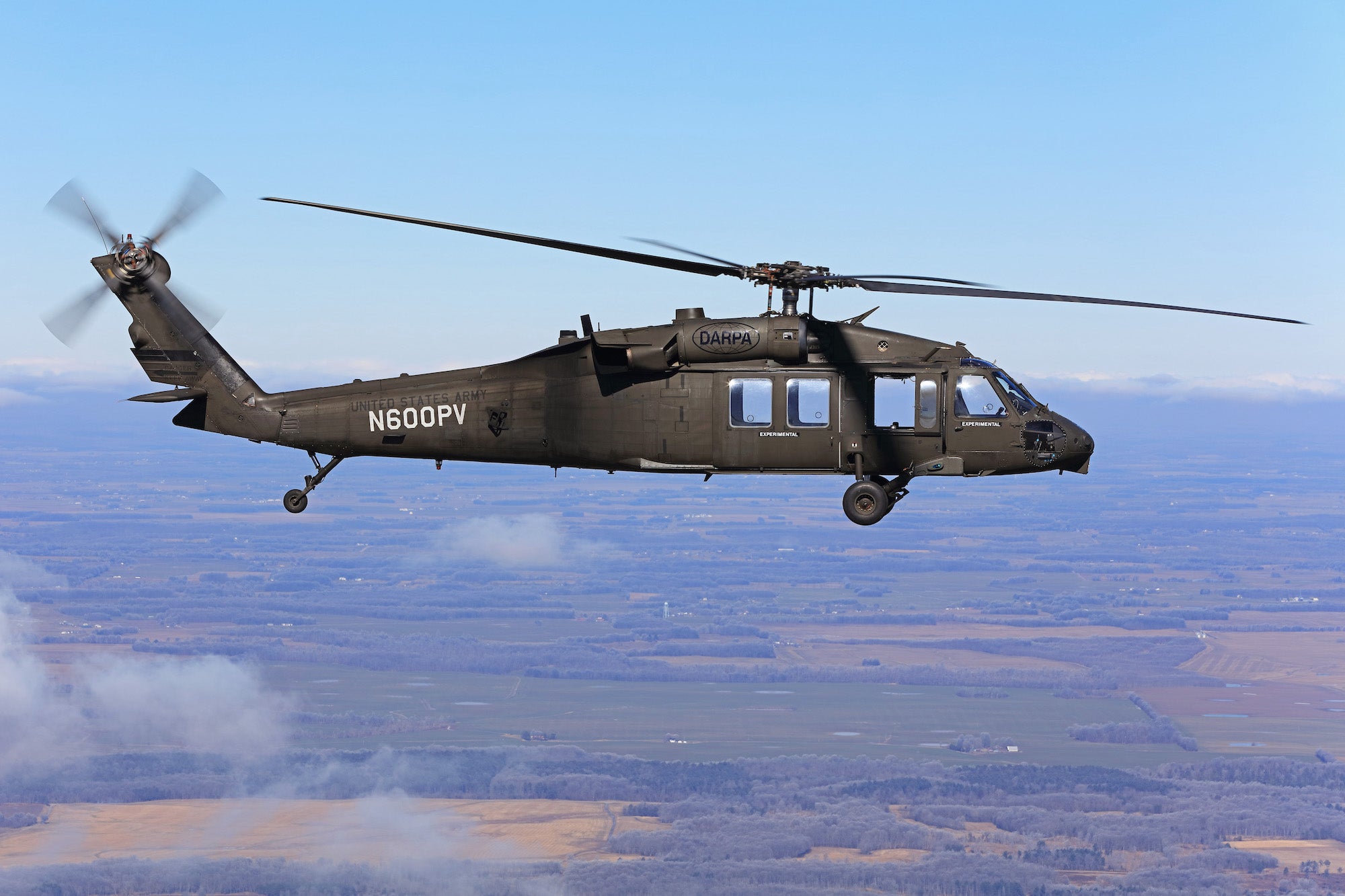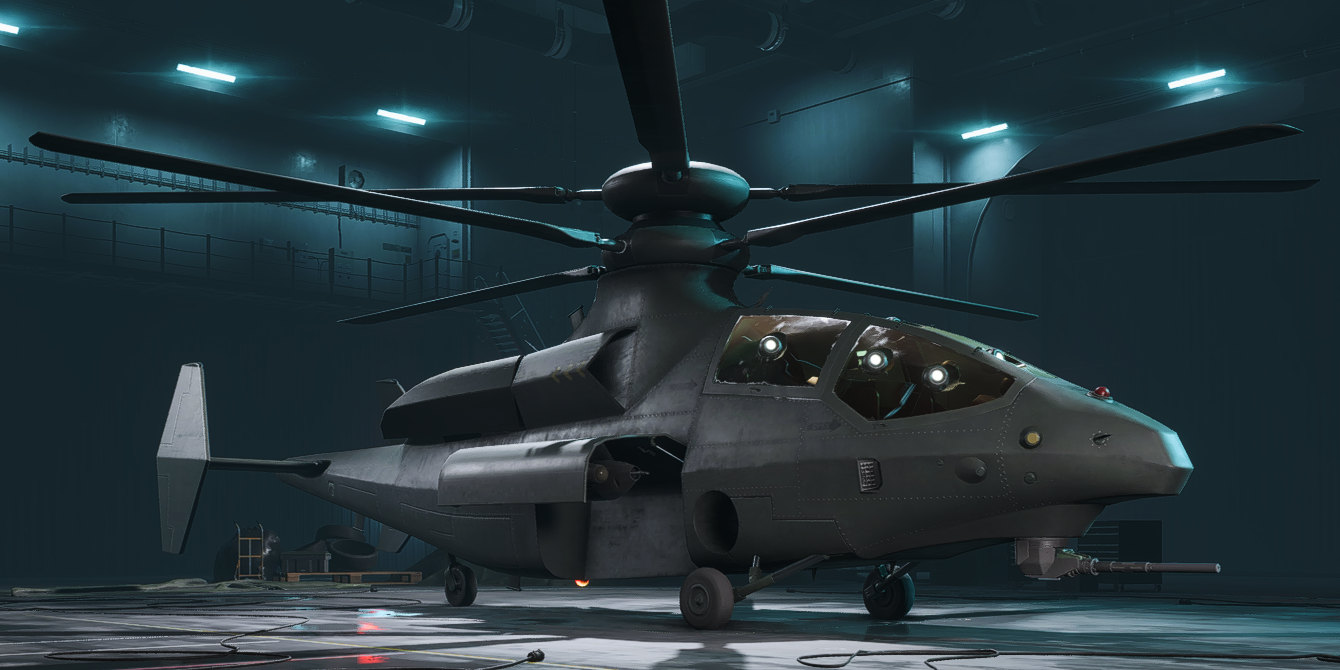Us Stealth Helicopter - Many military and industrial weapons experts, engineers and inventors may not use the word "stealth" when describing the emerging program of the Future Long Range Attack Aircraft (helicopter), however developers are open to discussing the benefits of managing the heat signature and finding . ways to reduce it. aircraft radar signature.
The Director of the Army Futures Command Future Vertical Lift Cross-Functional Group explained this in an interesting and impactful way when he touched upon the types of engineering methods used in the construction of new helicopters, which are not easily available now and are being developed for the 2030s.
Us Stealth Helicopter

"We know how to hide under the radar and understand how that creates tension and imbalance," Rugen said.
Sikorsky's S 97 Raider Recon Helicopter Performs First Flight Demos For Army Leaders
Lockheed-Sikorsky-Boeing's essay on its new DEFIANT X mentions improvements to the airframe to "improve aerodynamics and reduce heat signature."
"We developed the structure according to the needs of the Army. We have done a little bit on the design and made improvements to reduce the heat signature and made changes to the exhaust system," said Jay Macklin, director of business development at Sikorsky, Future Vertical Lift, told.
In fact, looking at the airframe of the DEFIANT X it seems to reveal a smooth and slightly curved or rounded fuselage that avoids external refinement.
The absence of hard edges, prominent structures or sharp angular structures reduces the reliability of any type of radar return signal. This is because electronic "pings" need to generate signals that return from a fixed, angular position to provide an interpretation of the size, shape, speed and angle of the aircraft.
How Pakistan Gave China Military Tech Used By Us In Attacks On Bin Laden
Multiple pings from different or apparent crosswinds give radar operators a clear picture of the "size" on a given aircraft. The DEFIANT X also has very small wing-like structures and, interestingly, rotor blade structures that are attached directly to the aircraft.
In practice, there is no "pole" or vertical structure readily available from the body to the rotor blades, something that would give a more accurate or visual interpretation of the radar's "shape".
Thermal management is also of great value, since when the temperature of the aircraft and the surrounding air meet or match the surrounding atmosphere, it will be more difficult for thermal imaging, sensors that need heat to detect it. This means that the reduction of heat production from the helicopter is visible, increasing in secret.

Low radar visibility can also be considered in terms of maneuverability, as helicopters such as the Black Hawk tend to fly low to the ground in a way that is not easily seen. The higher a helicopter is above the ground, the more likely it is to be seen in long-range aerial "pings" as altitude increases the penetration or field of view available to radar systems.
China's Stealth Helicopter: 'copied From Us Black Hawk', Beijing Set To Unveil Stealth Variant Of Z 20 Chopper
Kris Osborn is the advocacy editor for The National Interest. Osborn previously worked at the Pentagon as a Specially Qualified Specialist with the Office of the Assistant Secretary of the Army-Acquisition, Sustainment and Technology. Osborn also served as a broadcaster and military expert on national television networks. He has appeared as a guest military expert on Fox News, MSNBC, the Military Channel, and the History Channel. He also holds a Master's Degree in Comparative Literature from Columbia University. In the nearly ten years since we learned about the Black Hawks used in the raid on Bin Laden, we haven't seen pictures of them or their descendants, until now.
We are always looking for more information about US military Black Hawk helicopters, one of which went down during the raid that killed Al Qaeda leader Osama Bin Laden in 2011, and any others before that. in front of them. Now, what appears to be an unpublished photo has come to us that shows a heavily modified EH-60 electronic warfare and shows off the Black Hawk's intelligence variant. It appears to be, at the very least, one of the missing links connecting the Black Hawk helicopter used in the Bin Laden raids with the flawed Black Hawk designs dating back to the 1970s.
It is our understanding that the image in question which appears at the top of this story and below in a slightly improved form, relates to Fort Eustis in Virginia. In addition to being home to the 128th Airlift Wing, formerly known as the U.S. The School of Aviation, Fort Eustis' Felker Army Airfield also has a unit known as the Flight Concepts Division (FCD), now called the Office of Aviation Technology. (ATO). This is the unit understood to be responsible for leading the development of the Black Hawks used during the Bin Laden raid and many other U.S. capabilities. The military is very advanced and secretive.
The photo is undated and contains no immediate information about the program or programs the helicopter may be associated with. The location where it was taken is also unknown, but it is a desert location that could indicate it was shot somewhere in the American Southwest, which is home to many aircraft test sites, including secret air bases, such as Area 51 and Tonopah Test. The airport is different. The Black Hawks used in the Bin Laden raid were kept in the original location, according to reports.
Black Hawk Helicopter Replacement Completes New Flight Milestone
Bin Laden's attack on the Hawks is said to be based on the MH-60's special air system. However, the helicopter seen in the photo appears to be a heavily modified version of the Sikorsky EH-60, although it is unclear whether it is the EH-60A or EH-60L version. Both helicopters carried versions of the AN/ALQ-151 Quick Fix system, capable of intercepting electronic emissions and providing guidance to locate the source, as well as electronic warfare. The EH-60A carries the AN/ALQ-151(V)2 Quick Fix II system, while the EH-60L is equipped with the more capable AN/ALQ-151(V)3 Advanced Quick Fix.
The helicopter has four dipole antennas, two on each side of the tail boom, found on both the EH-60A and EH-60L. Under the fuselage, there is a long, rear whip found on the EH-60A, compared to the more robust antenna system found on the EH-60L. This belly antenna is associated with the AN/ALQ-17A(V)2 communication traffic system, which is part of the larger Quick Fix II unit.
The original EH-60A helicopter is an aircraft with its rear entry point in a fixed position., US Army by Ray Wilhite

It also has two large missile warning sensors, one on each side of the nose below the main cockpit doors, which are part of the AN/ALQ-156A Missile Pathway Warning System (MAWS) found on the EH-60As and EH-60Ls. Two identical sensors are also mounted well behind the fuselage doors in this system, providing the Black Hawk with 360 degree coverage. The EH-60s eventually had a version of the AN/APR-39 radar warning system, as were other Black Hawks, including small receivers in the nose and tail of the helicopter.
Us Army May Be Developing A Vtol Stealth Helicopter With Electric Propulsion
Two radar warning receivers were placed behind the fuselage between the main cabin and the tail pipe., US Army.
Interestingly, it has stub wings, which provide one hard point on each side of the helicopter. This is often associated with the MH-60L/M Direct Action Penetrators assigned to the Army's 160th Special Operations Aviation Wing, and the U.S. Navy MH-60S Seahawks. The External Store Support System (ESSS) of the wing kit, with two hardpoints on each side of the helicopter and used on the EH-60L, is very common.
The most notable features of the helicopter are, of course, the large change in the nose, the "dog house" where the engine and the main gearbox are located, and the intake and exhaust of the engine. It also has a heavily modified rotor hub. All of these features appear to be designed to reduce its radar signature, especially from the frontal world's critical feature.
The duckbill-like nose is reminiscent in many ways of the subtle design concepts that Sikorsky designed in 1978 for the U.S. Army Research and Technology Laboratory, Fort Eustis division. This detailed study was the first indication of the Army's interest in reducing the precision of the Black Hawk. You can read all about it in this previous feature of Warzone.
Bell 360 Invictus
A drawing showing the Black Hawk decoy concept that Sikorsky developed for the US Army in the late 1970s., USAArmy
In addition, the nose, as well as the dog hub and rotor hub, all bear a visual resemblance to the Bell kits made for the OH-58X Kiowa in the 1980s. of the former War Zone. The Army tried, but did not use the OH-58X in large numbers, although it did purchase several stealth kits for use with the OH-58D Kiowa Warrior helicopters.
Sikorsky had proposed using radar coupling absorbers as part of its Black Hawk design studies in the late 1970s and Bell incorporated a similar concept in its OH-58X. Sikorsky also tested its S-75 technology demonstrator in the mid-1980s, which was widely used.

Stealth attack helicopter, military stealth helicopter, us army stealth helicopter, new stealth helicopter, sikorsky stealth helicopter, stealth elf helicopter, black hawk helicopter stealth, rah 66 comanche stealth helicopter, stealth rc helicopter, us military stealth helicopter, mh 60 blackhawk stealth helicopter, stealth helicopter
0 Comments